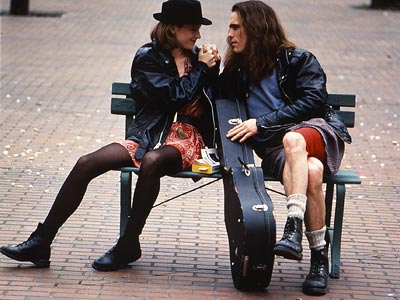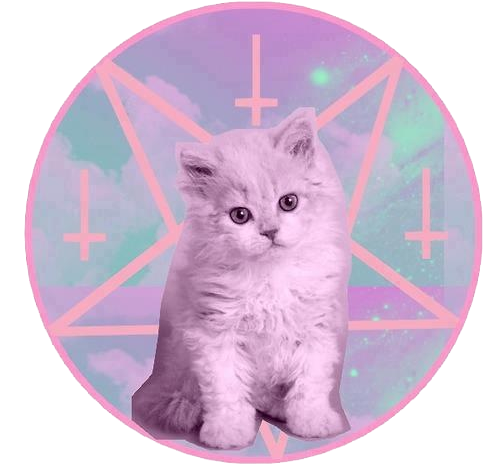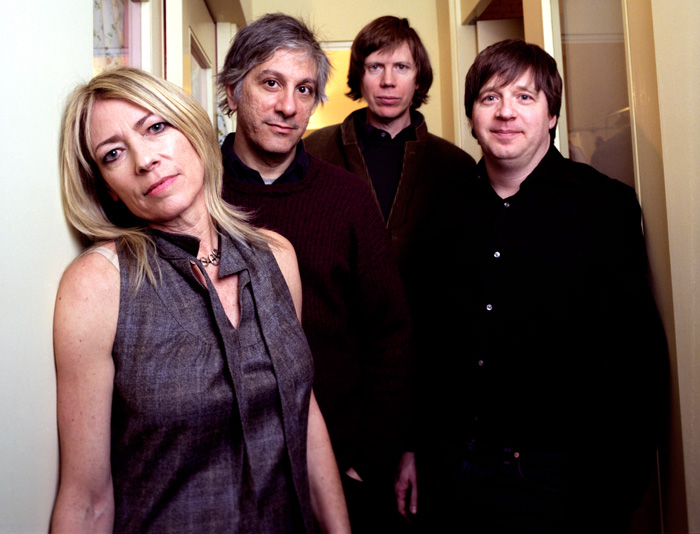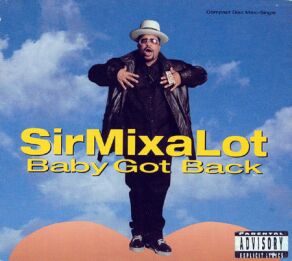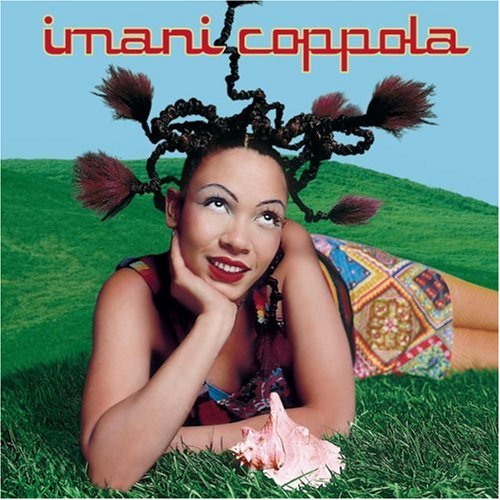Alright, loyal readers, this is it. This is the final entry
for “Smells Like the ‘90s.” This blog has had a solid four-year run, and I’ve
enjoyed every moment of it. But all good things must come to an end (excuse the
cliché).
So for my last entry, I decided to explore the reason I
started this blog in the first place—nostalgia for the ‘90s. You can’t escape
it and you can’t ignore it. Hell, you’re reading this blog right now, so you’re
obviously somewhat interested in it. But what’s with all this retro revivalism?
Why the hell have I been writing about it for the past four years?
What’s There to be
Nostalgic About?
Deep-set nostalgia for a particular period of time is a
fascinating phenomenon, but it’s definitely nothing new. Decade-centered
nostalgia is usually 20 years removed, so it was only a matter of time before
everyone started bringing grunge back (or at least the millennial notion of
grunge).
Nineties nostalgia has slowly manifested itself in
everything from clothing to food. But since this is a music blog, let’s talk
about this retro obsession’s impact on your favorite bands.
With 20th anniversaries popping up for some of
the biggest albums of the ‘90s, bands have been milking their fans’ nostalgia
by releasing ridiculously expensive box sets, most notably the incredibly
overpriced 20th anniversary edition of Nirvana’s In Utero. Do you really need all those unreleased tracks on
vinyl? Of course not. But people will fork over the cash because hearing those
unreleased tracks feels like Nirvana is releasing new material for the first
time in 20 years. It’s like the band never stopped recording.
Along with box sets and reissues, ‘90s bands have also
started touring together again, creating festivals designed specifically to
make you feel young again. The most notable festival is the Summerland Tour
(and yes, I’ve seen it twice).
The festival was created by Everclear’s Art Alexakis and
Sugar Ray’s Mark McGrath in 2012, and is currently in its third year touring.
The lineup has featured both one-hit wonders and alternative mainstays,
including Marcy Playground, Gin Blossoms, Filter, Eve 6 and Spacehog.
 |
| "Wow! It's like I'm back in college, except with a mind-numbing office job and a receding hairline!" |
As if that wasn’t enough nostalgia, Sugar Ray decided to
break off and start their own (decidedly inferior) festival in 2013 called
Under the Sun. This one features poppier bands like Smash Mouth and Fastball.
Both Summerland and Under the Sun are prime examples of
nostalgia marketing. I can tell you from experience that the vast majority of
the crowd includes aging Gen X dads reliving their college years, with some
younger ‘90s enthusiasts (like myself) mixed in. While it’s a fun blast from
the past, you slowly start to realize that it’s just not the same anymore.
Why Do We Get
Nostalgic?
Nostalgia for anything provides a source of comfort. It
reminds us of a somewhat simpler time when we didn’t have nearly as many
responsibilities. For Gen Xers, that means thinking back to their formative
high school and college years, before adulthood crushed their carefree spirits.
Okay, that’s a bit of an overstatement. Obviously adulthood
isn’t a death sentence, but it’s still a frightening concept for people (like
me, for instance) who are currently in that comfortable period between
adolescence and the “real world” (and not the MTV version of the “real world”).
Marketers and the like are aware of this, so they try to
make their audience feel as wistful as possible.
Internet culture is a huge part of this. Just browse Tumblr
for a few minutes and you’ll find a metric ton of ‘90s nostalgia blogs. You can
look through eBay and find your old Pokemon cards and unopened bottles of Crystal Pepsi and a rare Woodstock ’94 shirt that’s about three sizes too big, but you wear
it anyway (okay, maybe that last one is just me).
 |
| Probably the only '90s GIF that matters. |
Buzzfeed is also a huge culprit with its numerous articles
and quizzes catered to Gen X. Just browse their “Rewind” section and you’ll never get anything done ever. “Remember
that obscure cartoon series you loved in the ‘90s? So do we! Find out which
character you kind of resemble through a series of unrelated questions! Here
are some GIFs!”
I personally don’t have a problem with Buzzfeed, but the
sheer number of nostalgic articles on that site is staggering. They know their
audience well.
But of course, nostalgia tends to let us view the past
through rose-colored glasses. Not everything about the ‘90s was perfect, but we
tend to focus on the better aspects because hey, nothing will ever be that
awesome again, right?
It’s totally okay to get nostalgic about the past,
especially if it’s comforting to you. But don’t get stuck in the past! The
future may look daunting, but we’ve all got to move forward at some point. The ‘90s
were pretty rad, but there are some great things happening right now.
So go ahead and take those Buzzfeed quizzes and listen to
those ‘90s party jams (but please don’t buy those unopened bottles of Crystal Pepsi).
Throw a ‘90s-themed party, but don’t stay there forever.
-- Sam Boyer, reporting
from the ‘90s.

